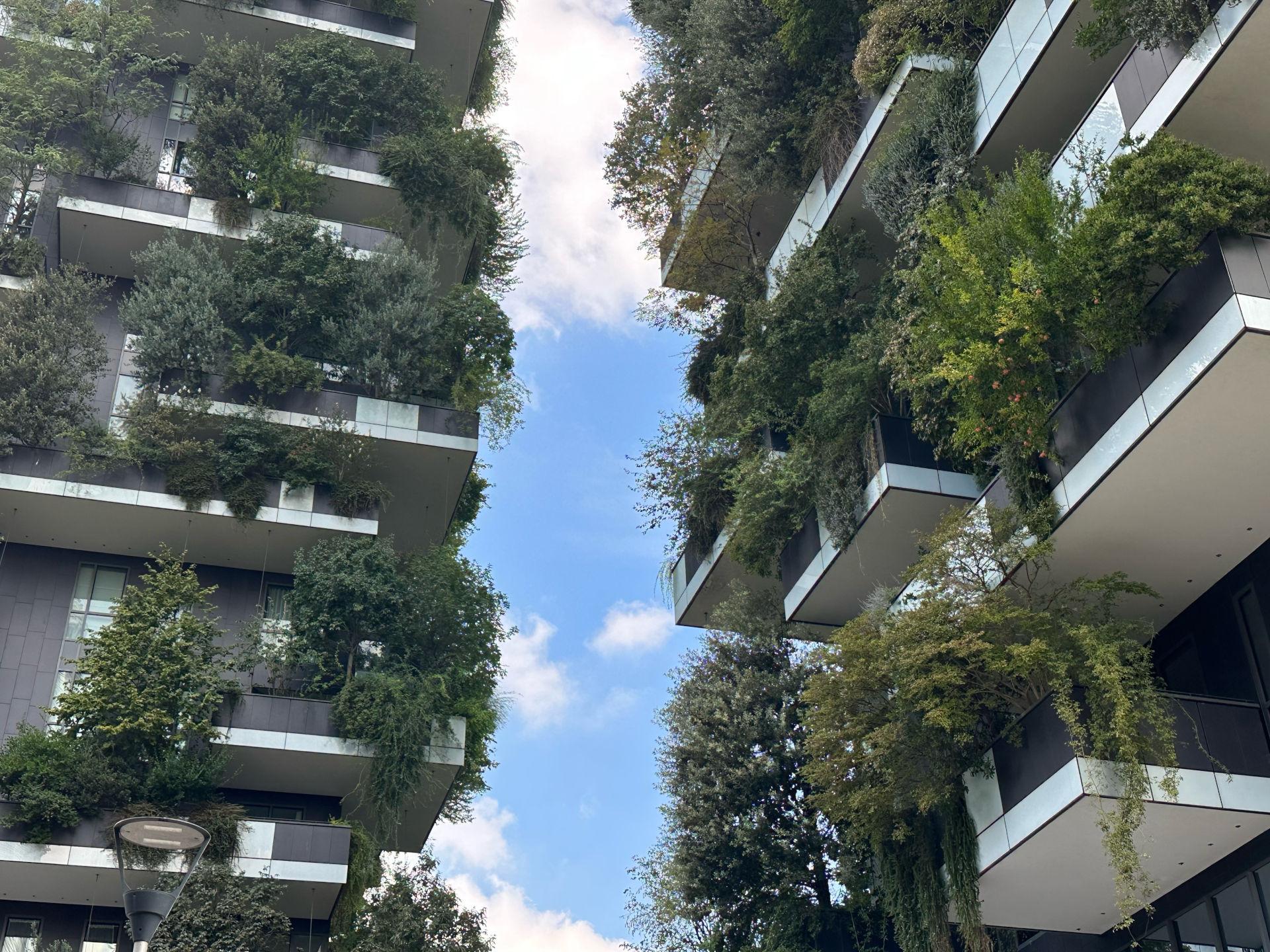
The Greening of Milan: Porta Nuova and Vertical Forest
By Gayil Nalls
Sign up for our monthly newsletter!
One of the cities leading the way in embracing sustainability and environmentally friendly urban design is Milan. When walking through the city’s streets, it is immediately evident that the emphasis is placed on letting the natural world co-exist with its urban surroundings. The streets are lined with plants and trees that have been allowed to grow freely and there are significant architectural efforts to incorporate nature into the fabric of the city, using natural resources to reduce its carbon footprint.
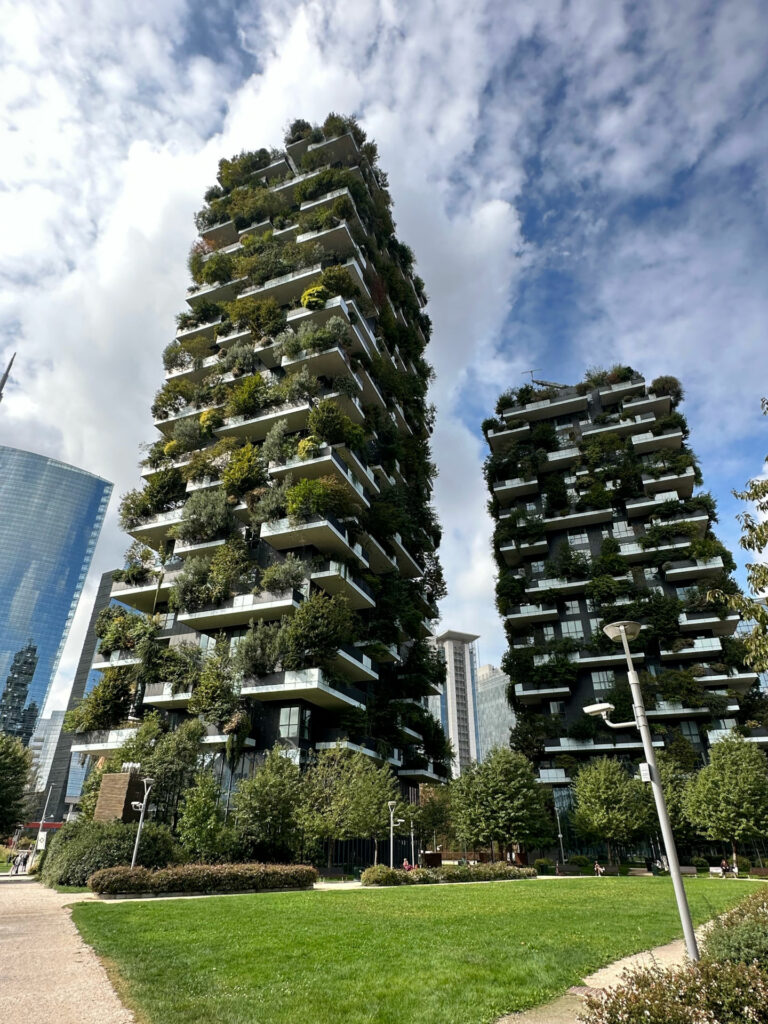
The most innovative contemporary area transforming Milan’s greenness is the biophilic urban redevelopment project Porta Nuova, which boasts the city’s largest neighborhood park known as BAM (Biblioteca degli Alberi). The park features over 450 trees, including beautiful Red Maples (Acer rubrum) and White Poplar (Populus alba) and is surrounded by Switchgrass (Panicum virgatum). A circular forest of Weeping willow (Salix babylonica) encompasses a family area. There is a vast wildflower field with such a wide array of plants it is used as a teaching library. Tatarian aster (Aster tataricus) Crown daisy (Glebionis coronaria) Common mallow (Malva sylvestris), Flax (Linum usitatissimum) and Curly duck (Rumrx crispus), along with Yellow Indian grass, make up this stunning landscaped meadow of native plants, arranged with an eye for color and texture. Birds, butterflies, and pollinators add to the serenity as they go about their work.
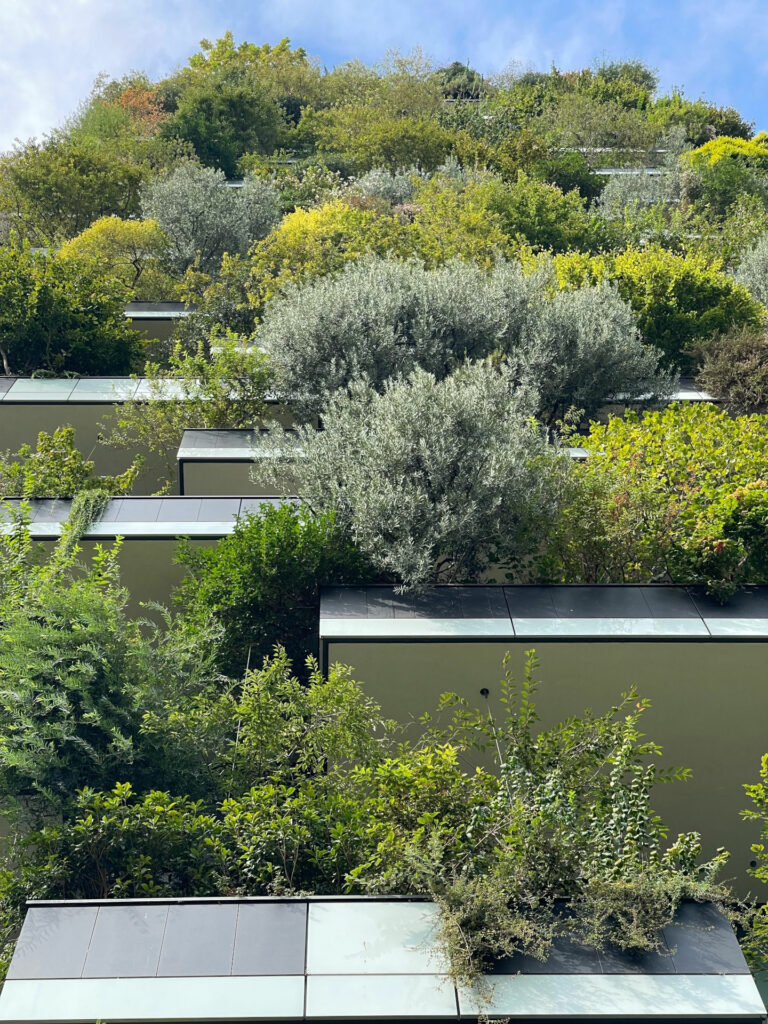
Porta Nuova district’s most stunning example of biophilic design is the award-winning Vertical Forest (Bosco Verticale), which was finished in 2014. It comprises two highrise residential buildings, 276 and 381 feet high, covered in 800 trees and 15,000 shrubs and perennial plants (90 species) in what the architects of Boeri Studio (Stefano Boeri, Gianandrea Barreca, and Giovanni La Varre) call a “living façade.” The vegetation on the two towers is equivalent to 7.5 acres of forest and undergrowth that is producing oxygen and absorbing CO2.
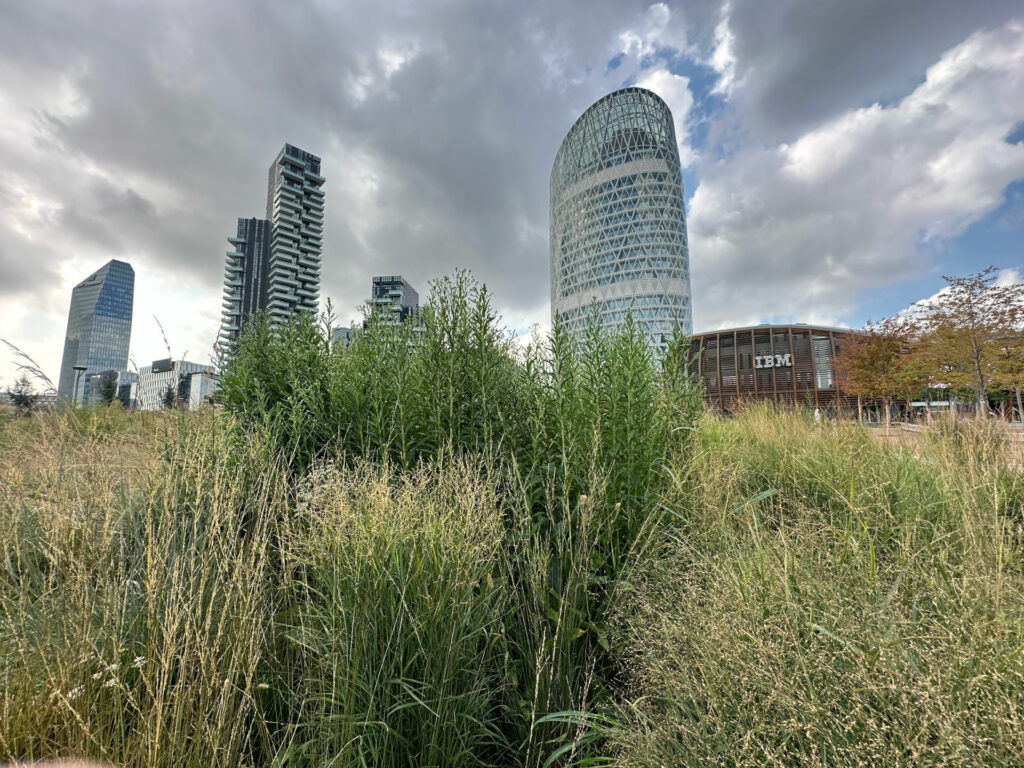
As a new form of reforestation, Vertical Forest is also now home to a biodiverse community of humans, plants, birds, and insects helping to recolonize the city. The green aesthetic is created with large, staggered cantilevered concrete balconies, which are three-dimensional spaces that hold huge containers able to nurture trees that can grow several stories as well as undergrowth vegetation. Periodically, a group of mountaineering arborists lowers themselves from the roofs of the two towers to tend to the plants, checking their health, and pruning or replacing them as needed.
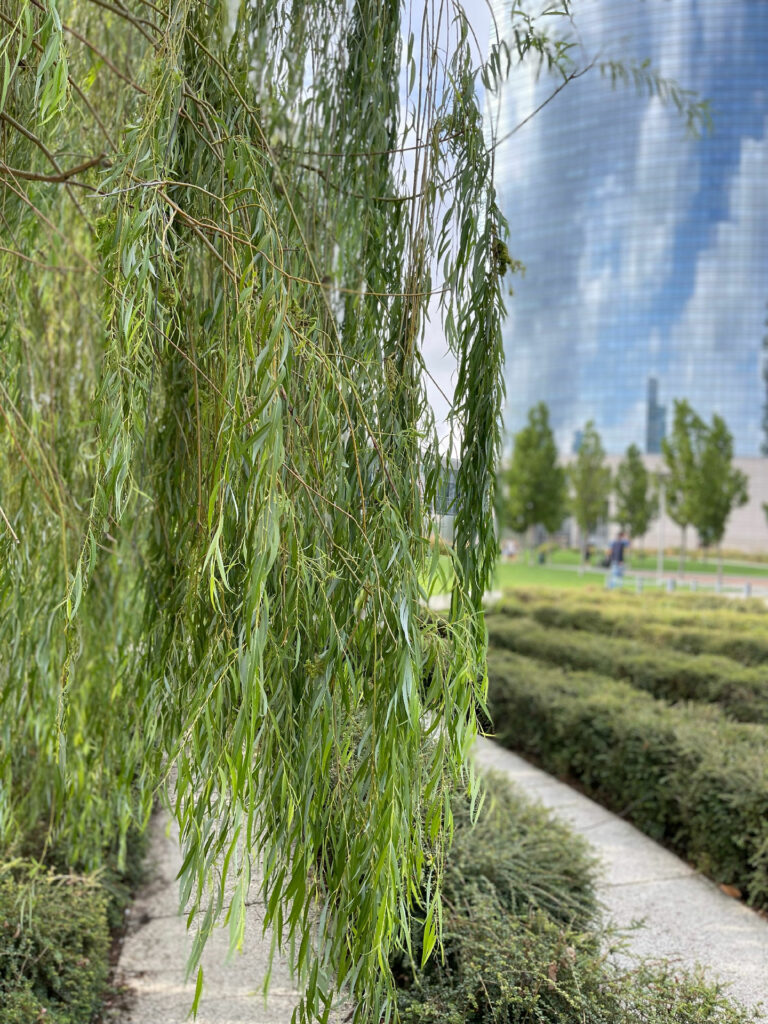
Seasons change and we must change with them. Vertical Forest is not only an iconic green symbol, it is also a beacon of the changing seasons seen from different distances and vantage points. As the chlorophyll breaks down, the pigments of its biodiverse plants change to ranges of orange, yellow, and blue, enhancing enjoyment for its community and keeping the community in touch with nature and change.
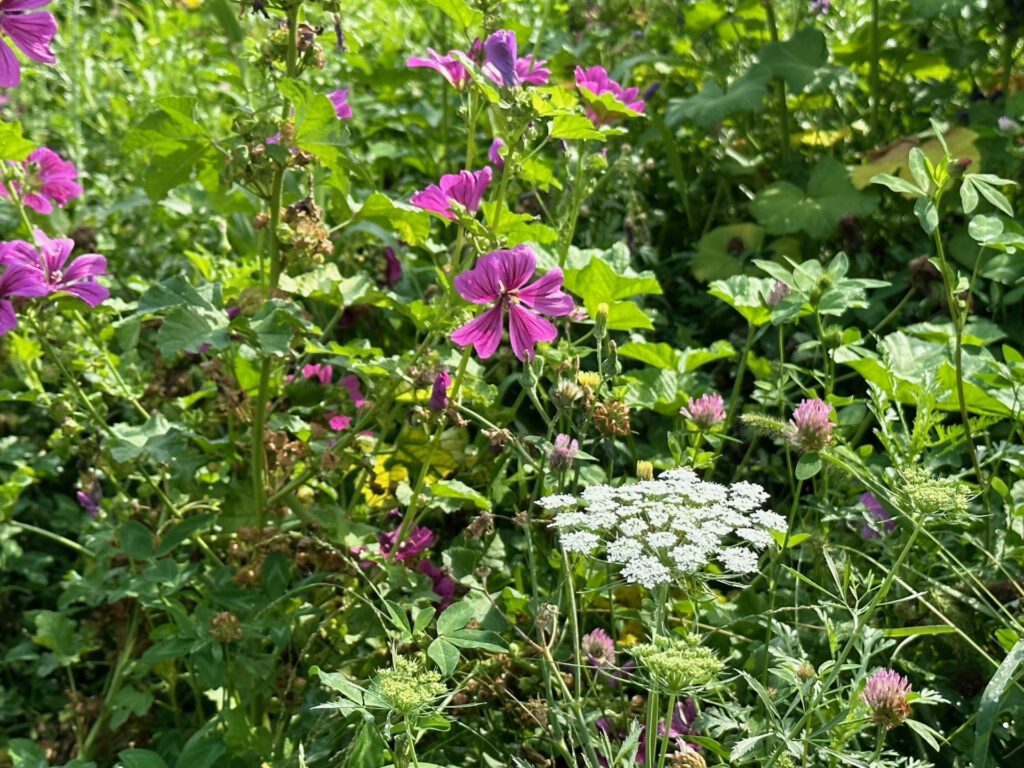
With shifting expectations of what architectural design can and must do, Vertical Forest is a successful model for urban regeneration design. This living forest creates natural habits with ecological impact that can be replicated around the world.
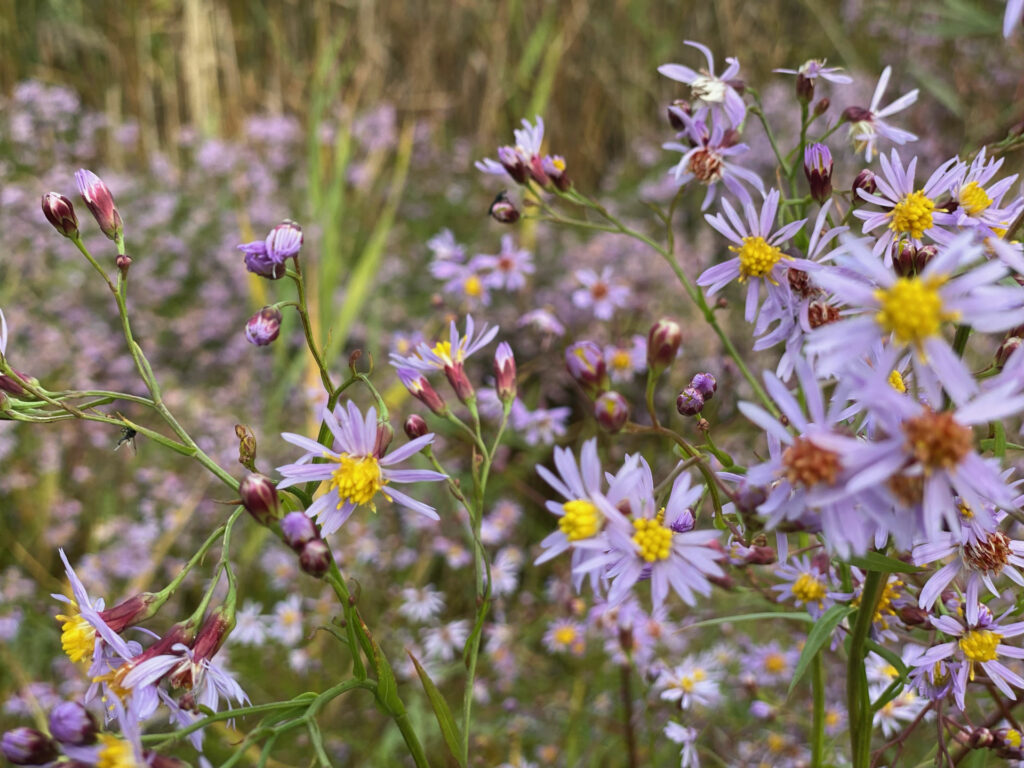
As I write this, it is Milan’s Green Week, an event that has been promoted by the municipality of Milan since 2018. It is a series of events, programs, and celebrations, spread throughout the city to promote its environment, greenery, and biodiversity, and to affirm the importance of its gardens, and tree-lined streets –green spaces old and new. Perhaps all cities should have such a vibrant and inspiring week to celebrate their own biodiversity and try to incorporate some of the brilliant strategies we see in Milan that promote the conservation of the natural world and help ensure that the built and natural environments of cities come together in sustainable connected experiences so that cities remain great places to live in the future.
Here is a GUIDE designed to help cities choose a methodology to reach science-based targets by 2030. It was created by Science Based Target Network, Global Commons Alliance.
Gayil Nalls is an interdisciplinary artist, gardener, and conservationist. She is the founder of World Sensorium / Conservancy and editor of its journal Plantings.
Plantings
Issue 28 – October 2023

What Plants Are Saying About Us
By Amanda Gefter
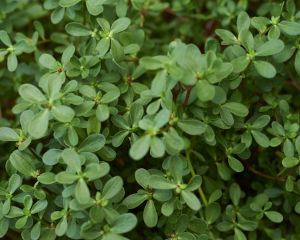
Viriditas: Musings on Magical Plants: Portulaca oleracea
By Margaux Crump
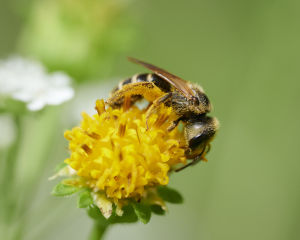
Proboscis, Pollen, and the Rapture of Interspecies Intimacy
By Jake Eshelman

Overshooting Earth’s Boundaries: An Interview with Bill Rees
By Rachel Donald
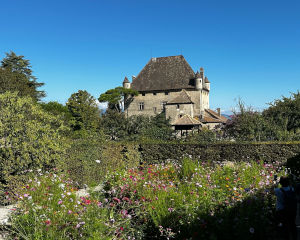
The Garden of the Five Senses
By Gayil Nalls

Eat More Plants Recipes:
Le Botaniste’s Fennel, Tomato, and Red Pepper Pasta Sauce

As Ireland transitions from the rich, smoky scent of peat-burning to a more sustainable future, its olfactory heritage is evolving. What will become the next iconic aromatic symbol of Ireland?
Click to watch the documentary trailer.


